Hey there! I’m a total tech nerd. Lately, I’ve been super into Virtual Reality Simulations. It’s not just for games, you know. It’s actually helping in real-life stuff like job training.
Factories and other industrial places can be pretty tough. People need good training. But the old ways don’t always work. That’s where VR comes in. It lets people practice the real job, but without the risk.
VR is changing job training big time. It makes you feel like you’re at an oil rig, on a factory line, or even in a surgery room. And you’re just in a training room!
So, what’s next? I’ll talk about how VR is used in real job training. Like training forklift drivers or teaching welders. The aim is to show how VR can make training safer, cheaper, and better. Let’s go check it out!
Table of Contents
Forklift Simulation:
Training forklift operators is a significant challenge in warehouse settings due to the inherent dangers involved.
VR-based forklift training programs can simulate the experience of operating a forklift in a busy warehouse environment, with realistic physics, sounds, and scenarios such as stacking pallets, navigating through narrow aisles, and avoiding collisions with people or other equipment.
This helps to reduce accidents and improve efficiency.
Welding Simulation
Welding is a critical skill in several industries such as manufacturing, construction, and automotive.
However, traditional welding training can be expensive and potentially dangerous.
VR-based welding simulators allow trainees to practice various welding techniques and scenarios without the risk of physical harm, reducing training costs, and improving safety.
Crane Operations:
Similar to forklifts, cranes can also be difficult and dangerous to operate, particularly in busy construction sites.
VR crane simulators can replicate the entire process of operating a crane, including hoisting, hooking, and unloading items, all while navigating a realistic construction site.
This can help new operators become more confident and proficient before operating the real equipment.
Eectrical Circuit Troubleshooting
Working with electricity can be dangerous without the proper training.
VR can simulate a wide variety of electrical circuits, faults, and scenarios, providing a safe and interactive platform for electrical engineers and technicians to learn and practice troubleshooting techniques.
Chemical Plant Operations:
VR can simulate the complex processes involved in a chemical plant, including handling hazardous materials, understanding the flow of materials, and learning how to operate and troubleshoot equipment.
This can significantly reduce the risk and cost associated with traditional hands-on training.
Conclusion
So that’s it! VR isn’t just for playing games anymore. It’s helping people learn their jobs better. Like driving forklifts. Or welding. Even in safety training, VR is making a big difference.
It’s also helping people learn how to work on assembly lines. Or fix and maintain machines. It’s even teaching people how to handle dangerous stuff safely.
In short, VR is changing how we learn our jobs. It’s making training safer and better. And I think that’s pretty amazing. I’m excited to see where it goes next!

